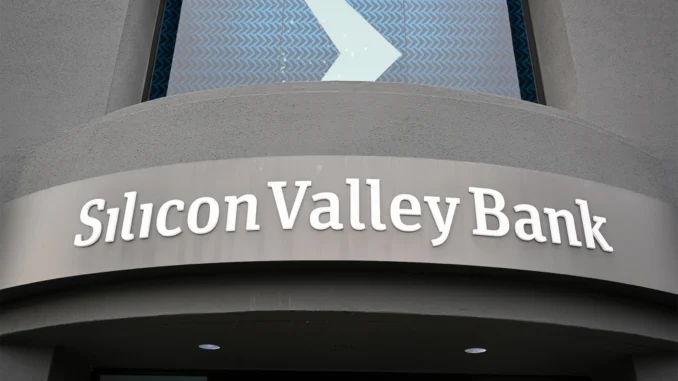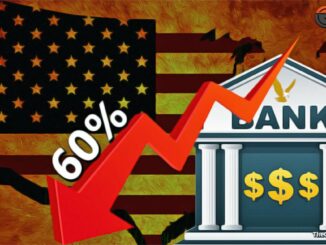
There will be real world, Main Street trauma from the implosion of the Silicon Valley Bank, the second-largest bank failure in US history.
We just don’t know yet how big.
Without some kind of bailout or outright sale (which could happen anytime), SVB will be shuttered, its assets sold off in a fire sale.
The ripple effects will be enormous: Small businesses will get only some of their money out of SVB come Monday morning because of limits on FDIC deposit insurance.
And the fear of having money in the next Silicon Valley will spread to other mid-sized banks, which are already seeing deposits yanked — making them less solvent on a scale not seen in years.
Absent some solution, it’s a safe bet we’ll have at least a mini banking crisis this week, markets will wobble — not to mention unforeseen consequences (there’s always some).
As I’ve written, this is unlikely to be a “Lehman Moment,” that dark day back in 2008 when investment bank Lehman Bros. crashed, taking all banks and the economy with it before the feds scrambled for a bailout of historic proportions.
Smaller banks will be in trouble, but systemically important big banks are still strong. Just the opposite was true in 2008.
But don’t downplay what’s going down, despite assurances from Treasury Secretary Janet Yellen & Co that all is fine.
If I’ve learned one thing from three decades covering finance, it’s that the alleged geniuses in DC never learn from history. That’s why we had a 2008 financial crisis, and why the SVB collapse, while maybe not a Lehman Moment, probably won’t be a simple one-off.
Keep in mind, SVB was a rock-star institution. It had $200-plus billion in assets and blue-chip clients of wealthy tech entrepreneurs and companies that used the bank for their short-term financing needs, i.e payrolls.
No one ever thought about FDIC insurance limits ($250,000 per individual) because no one could fathom that a bank like this would witness a 1930s style bank run.
Yet it evaporated in just a few hours.
Yes, the bank’s lightning-fast demise had idiosyncratic causes. At least, let’s hope most banks don’t have a top risk-management officer focused instead on multiple “woke” LGBTQ+ programs, as The Post reports of SVB. Heck, The Post also has an internal J.P. Morgan memo from November of the huge risks it was facing. Where was its risk management team?
Most banks’ liabilities (deposits) are short-term, but few invest as heavily in longer-dated securities (Treasuries with a duration of five years and other bonds) as SVB, and it was having to sell that stuff (when Treasure prices are falling) during a run that killed SVB.
But structural and regulatory issues with 2008-like warnings signals are flashing bright.
The 2008 financial crisis was presaged by massive amounts of government meddling in both the financial and housing markets: A series of government-engineered bailouts to reduce systemic risk from trading losses came well before the granddaddy of them all post-Lehman.
Housing policy mandated that banks provide mortgages to low-income people, so all you needed was a heartbeat (no job) to “own” your own home. That is, until the bills came due and those mortgages — packed into bonds by Wall Street and held on the balance sheets of banks — crashed, taking the financial system with it.
Now consider the Biden administration’s economic priorities as the markets and economy began stressing out over Fed interest-rate hikes well before SVB’s demise: more taxes and regulation and obsession with woke social fads like ESG.
SEC chief Gary Gensler, who is supposed to protect small investors from stock scammers, wants all public companies to make costly and unnecessary disclosures about their carbon footprint.
Treasury Secretary Yellen seems more concerned with Ukraine than the US banking system. She has mused that the Supreme Court’s decision to overturn Roe and curtail abortions is somehow bad for economic growth.
Makes you wonder: Where are the adults? But these are the adults.
Before 2008, the feds were spending like crazy (on the war in Iraq) and the Fed kept interest rates low, fueling the housing bubble. And we’ve had both on steroids with massive spending and zero interest, until inflation forced the Fed to raise rates and the GOP took the House to hopefully curb Sleepy Joe Biden’s impulses.
Printing and spending money always comes with consequences. Crypto and “meme stocks” of money-losing companies soared — and now they’ve crashed, taking a chunk out of the Main Street economy as interest rates normalize.
Source: nypost.com



